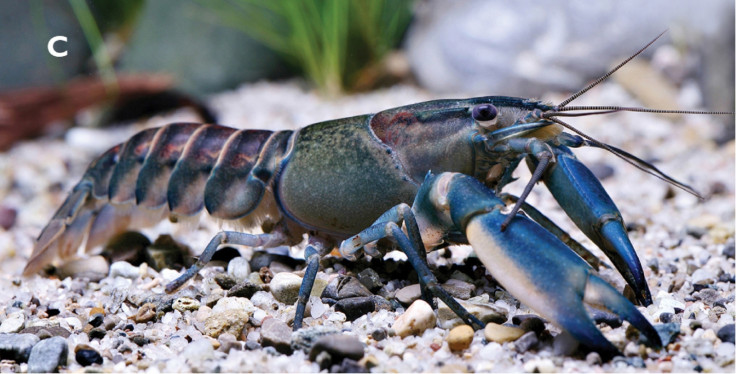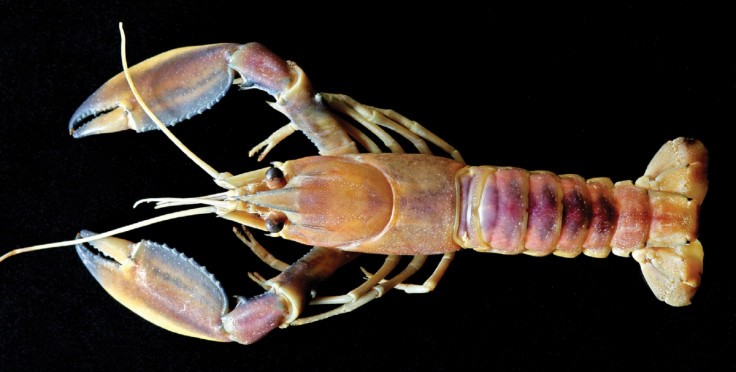Weird and wonderful colourful crayfish species discovered in Indonesia [Photos]
A mysterious colourful crayfish discovered in Indonesia has been confirmed as a new species.
The striking blue and pink crayfish has been named Cherax pulcher – pulcher meaning beautiful in Latin.
The species was identified by German scientist Christian Lukhaup, who described the creature in the journal ZooKeys.
It is found in Hoa Creek, close to the village of Teminabuan in West Papua, and although it has been sold commercially since the early 2000s, no one knew what it was or where it came from.

"Over the last decade, there has been an increasing number of colourful crayfish sold in the ornamental fish trade in Europe, North America, and Asia under the names Cherax 'Hoa Creek', 'Blue Moon', and 'Irian Jaya' presumed to represent a further undescribed species from New Guinea," the author wrote.
The most common and popular colour forms are a white, blue and violet species, and a greenish grey, blue and white one: "The new species, Cherax pulcher differs from all other crayfish of this subgenus in the shape of its chelae, shape of body and also in its colouration," Lukhaup wrote.
He said there are now 19 known species of Cherax in Indonesia. The latest grows up to 12cm in length and has a wider areola and body shape compared to its closest relative morphologically.

Its wider body means it is better adapted to fast flowing water with higher dissolved oxygen levels, which also accounts for its smaller size – lake crayfish tend to get bigger than those living in creeks or rivers.
Lukhaup also said the new species is under threat, with it being collected in large numbers for the global aquarium trade and as food for the local population: "According to local collectors in the area and the city of Sorong, the populations of the species have been decreasing in the last few years.

"Clearly, the continued collection of these crayfish for the trade is not a sustainable practice, and if the popularity of the species continues, a conservation management plan will have to be developed, including a captive breeding programme."
Zen Faulkes, from the University of Texas-Pan American, also told New Scientist he is concerned about the threats facing Cherax pulcher: "We have got this beautiful species that people are harvesting for the pet trade, and it may be from this tiny location, and it could be wiped out before we know anything about them."
© Copyright IBTimes 2025. All rights reserved.






















